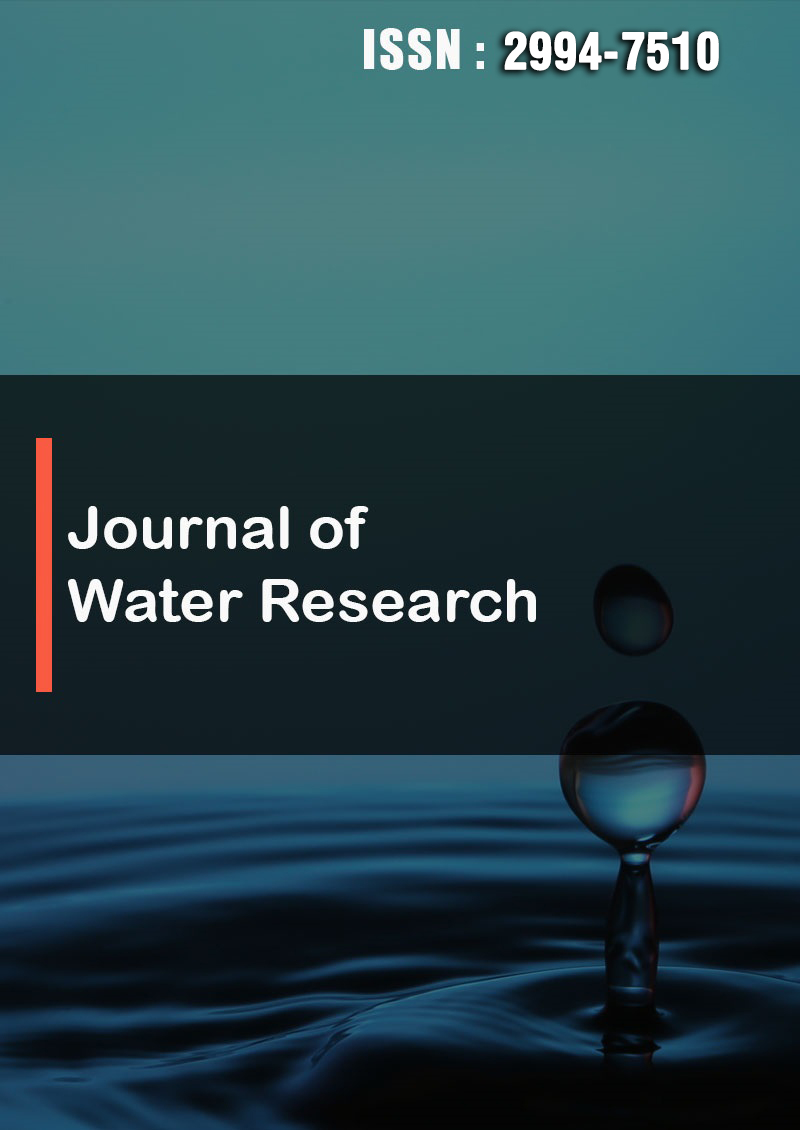The Role of One Health Approach Research for the Conservation of Endemic Wild Animals and Mitigation of Future Public Health Threat in Bale Mountains National Park, Ethiopia.
Abstract
Sufian Abdo Jilo, Ebisa Merga Kebada, Gudeta Turuna Derse, Birhanu Mengistu Aredo, Ahmed Hussien Shuge and Desta Terfa Negeri
One of the things that made the Bale mountains park attract international attention is the home of many endemic wild animal including the world rarest canid, Ethiopian wolf. However, the park's major issues, especially public health study, wildlife and environmental sanitation, have not been adequately researched. The main objectives of the review is to highlight the study needed for prevention of animal and human health threat at Bale mountains national park. The water (river) rises from the park is used for drinking by the people downstream. As human approach to new area of the park, there is a chance for infected with new pathogens which may cause for newly emerging outbreak of the disease. The endemic animal in the park is infected with many disease from different reservoirs such as another wild animal and environment they reside in. As an example the Ethiopian wolf which listed as critically endangered species of the animal is infected with many disease which are transmitted from the rodents, carcass, stray dogs, human and the environment specially water bodies. Due to that infectious disease in rodents, stray dogs, human lives in the park and presence of pathogenic agents in water bodies should be investigated for prevention and controlling of infectious disease which could be causes extinction of the Ethiopian wolf. Wildlife waste is major water pollutants which may excreted and re- leased from large animals to rodents found in Bale mountains national park. The pathogen from wild animal and human can made contamination of water bodies rise from mountainous area of the Bale and flow to the downstream can easily made the pathogen transported to lowland area of Ethiopia and Somalia which results a health risk of livestock, wild animal and human. Thus integrated research related to identification of pathogens found in wild animal, human lives in surrounding the park, and presence of pathogen in environment of the park (water bodies, soil) should be performed.



